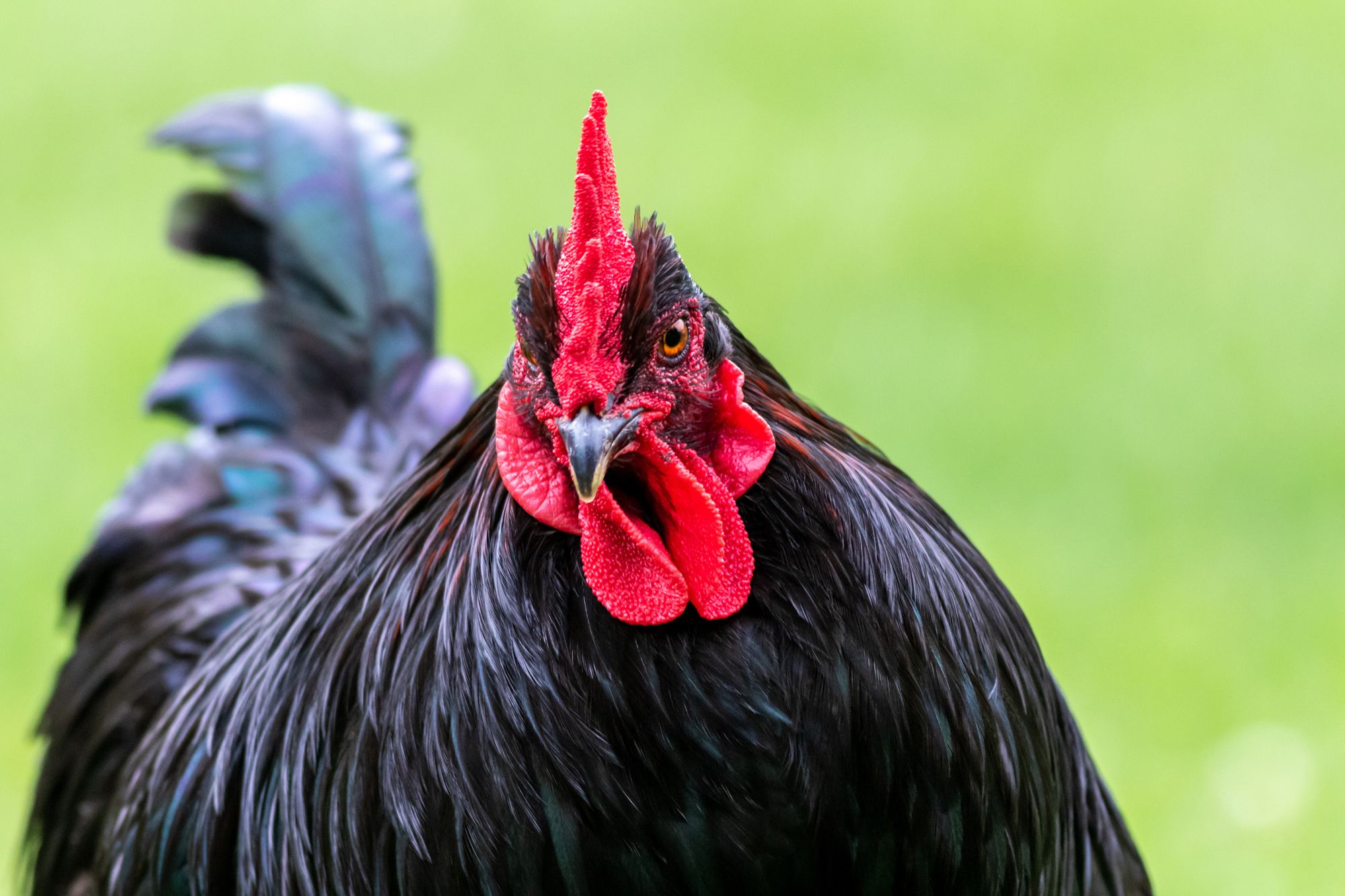Henlight solar-powered lighting system


I was very interested in the Henlight because of the science behind adding additional light in the hen house or coop to stimulate egg production in the fall and winter as the days get shorter.
Your laying hens will continue to lay eggs frequently if you give them supplemental light to equal 14 to16 hours total per day. If you do not give them additional light, egg production can decrease—a lot.
I received two boxes, one containing the Henlight and the other containing the solar panel, mounting brackets and a 20 foot cord. I decided to install the Henlight in (or is that on?) our largest coop. I was originally thinking that the solar panel had to be mounted on the roof of the coop before I realized that it could also be installed on the south side of the coop, as long as the sun light was unobstructed. The Henlight itself is supposed to be mounted facing the roosting area.
Installation
My husband and son were able to install everything with just a battery powered drill and screw driver bit. The mounting screws were not included. Once the unit and the solar panel were mounted, it was just a matter of running the cord from the panel to the light and plugging it in.
The Henlight has a three position switch with on, off, and auto settings. We all know what "off" is, "on" is for temporary use in the coop and to make sure that you have the unit hooked up correctly. Once that's taken care of, simply set it to "auto" and the Henlight takes care of the rest.
In use
The Henlight is supposed to calibrate automatically to turn on before dawn to make up the the difference for 16 hours of light total once the days begin to grow shorter. The instructions indicate that this process can take up to a couple of days. In the summer, when enough light is coming from the sun, the unit can be turned off.
With everything mounted and installed, I assumed we'd be good to go. But not so fast! Since I'm up every morning before dawn, I would check in periodically to see if it was on, but even after a few days, it wasn't. By the fourth day, I knew something wasn't right.
I decided to take a closer look, but still wasn't able to figure out why the light wasn't coming on. Finally, I unplugged and plugged it back in a couple times and the light came on. Now I had a better idea of what the problem might be: a bad connection.
I called and left a message with the folks at Henlight, and Edward Silva called me right back. We had a good conversation and he was able to help me with a temporary fix until they were able to send a new part my way.
The takeaway
Once the Henlight was up and running properly, I could see how the birds were reacting to it. The first few mornings, they didn't really do anything. But after that, they seemed to be acclimating and were moving off of the roosts and walking around the coop.
Henlight uses energy-efficient LEDs, which can't break and start a fire. And unlike compact fluorescent lamps, LEDs don't contain toxic chemicals like mercury. Henlight uses a mixture of two different color wavelengths that are optimized for the photoreceptors of poultry. Research has shown that poultry respond better to colors in the red spectrum by producing more eggs, all without any negative behaviors such as feather picking. The two different light colors also cast a nice amber glow in the coop. Plus, I really like the idea of using solar power, eliminating the need to run dangerous extension cords or the hassle and expense of hard-wiring into the coop.
Our hens seem to be reacting well to the Henlight and I am sure production will continue to increase the longer it is in use. Between the terrible end of summer heat, to flooding from all the rain we've had recently in Florida, our birds were becoming weather-weary, and they all went into a molt—our egg production was really down. Now that the weather is nicer and they are mostly done molting, this was a good time to introduce them to the Henlight.
For more information:
Henlight, LLC
530-341-2263
henlight.com
hello@henlight.com
At a glance
- One Henlight covers roughly 200 square feet, from 250 to 500 hens
- It provides 16 hours of light per day in conjunction with the sun
- As with any solar solution, multiple days of heavy overcast will reduce power, but unless these conditions persist over several weeks, it shouldn't affect the hens' egg production
- We have personally seen a 15- to 25-percent increase in egg production with the Henlight
Tags:Hot Topics

Chicken Whisperer is part of the Catalyst Communications Network publication family.











